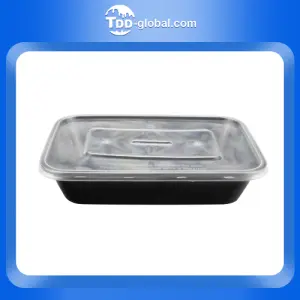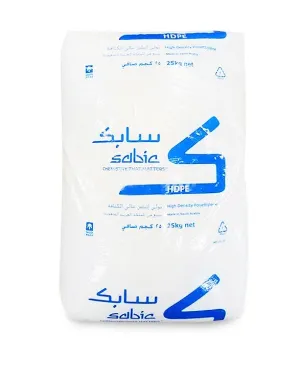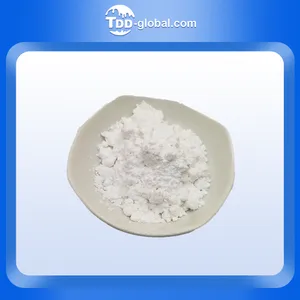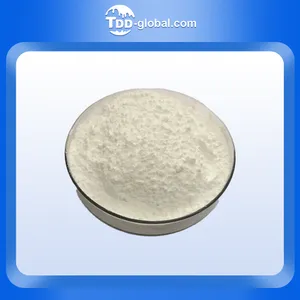[Compact Response]
Producing a 50/50 mixture of methanol and water is a straightforward process often used for various applications like fuel blends or antifreeze. Here's a simple method:
1. Safety First: Wear protective gear like gloves and goggles since methanol is toxic and flammable.
2. Measure Accurately: Gather equal volumes of methanol and water. You can use a graduated cylinder or a measuring cup for precision.
3. Mixing: Pour the methanol into a clean, non-reactive container (preferably glass or plastic). Slowly add the water while stirring gently to combine.
4. Double-check: Verify the ratio before use. If needed, use a hydrometer to measure the solution's specific gravity.
Remember, this mixture can be hazardous; handle it with care, store it properly, and avoid ingestion or skin contact.
Recommended Suppliers
-
 小敏测试128
小敏测试128 -
 5xiaominrenminbiAAABBB
5xiaominrenminbiAAABBB -
 F500 disposable rectangle plastic container 500ml
F500 disposable rectangle plastic container 500ml -
 Sabic P6006HDPE PE100 Black
Sabic P6006HDPE PE100 Black -
 Direct wholesale standard bagasse pulp party Board100% biodegradable board sugarcane pulp cover
Direct wholesale standard bagasse pulp party Board100% biodegradable board sugarcane pulp cover -
 HaiCheng Junchi Talcum Powder 325 mesh for Coating
HaiCheng Junchi Talcum Powder 325 mesh for Coating -
 Liaoning Dongyu White Mica Powder 20 mesh
Liaoning Dongyu White Mica Powder 20 mesh
- •low carbon dioxide in blood
- •how many crankshafts are in a v8 automobile engine
- •how to make 50 50 methanol
- •how to make 50 50 methanol
- •Brief description of talcum powder wastewater treatment application and development suggestions
- •Coating costs rise, application of talc powder can reduce costs
- •The main ingredient of baby powder in European and American countries is still talc
- •Quotation of talc powder in some areas of China on November 3
- •A brief analysis of the cost of China’s talcum powder industry




